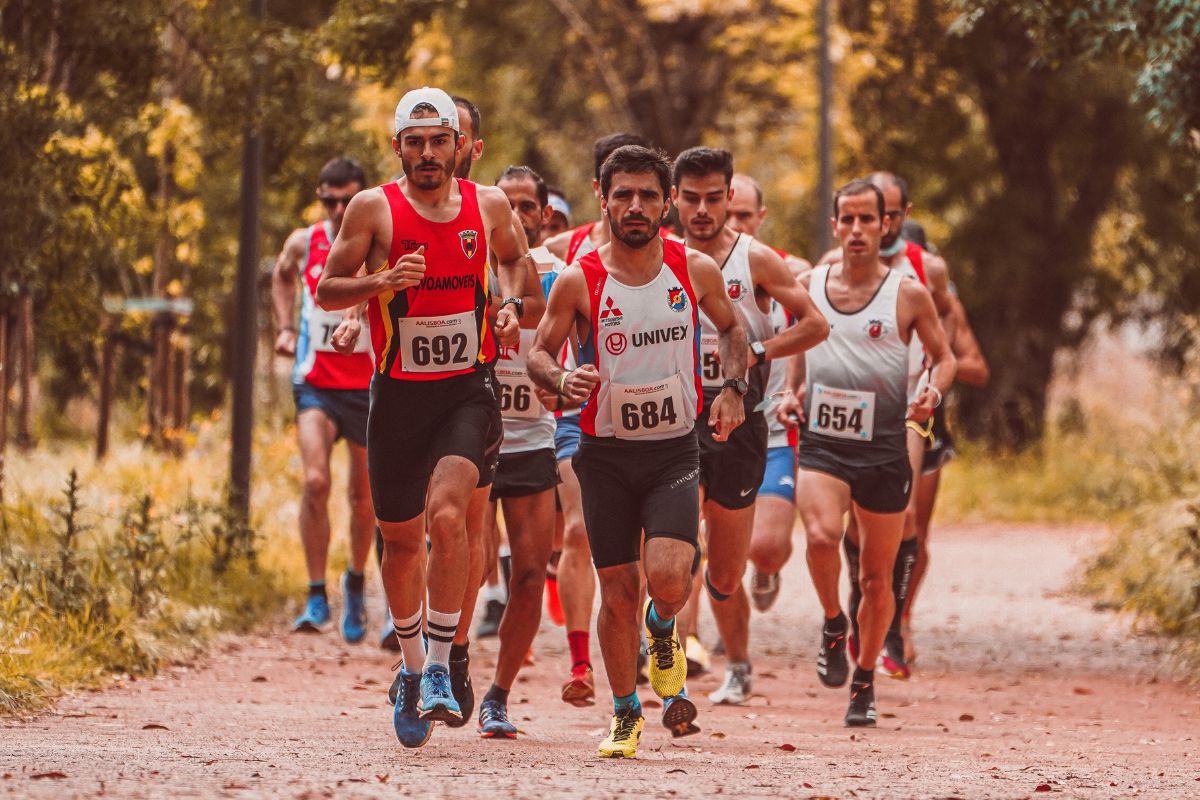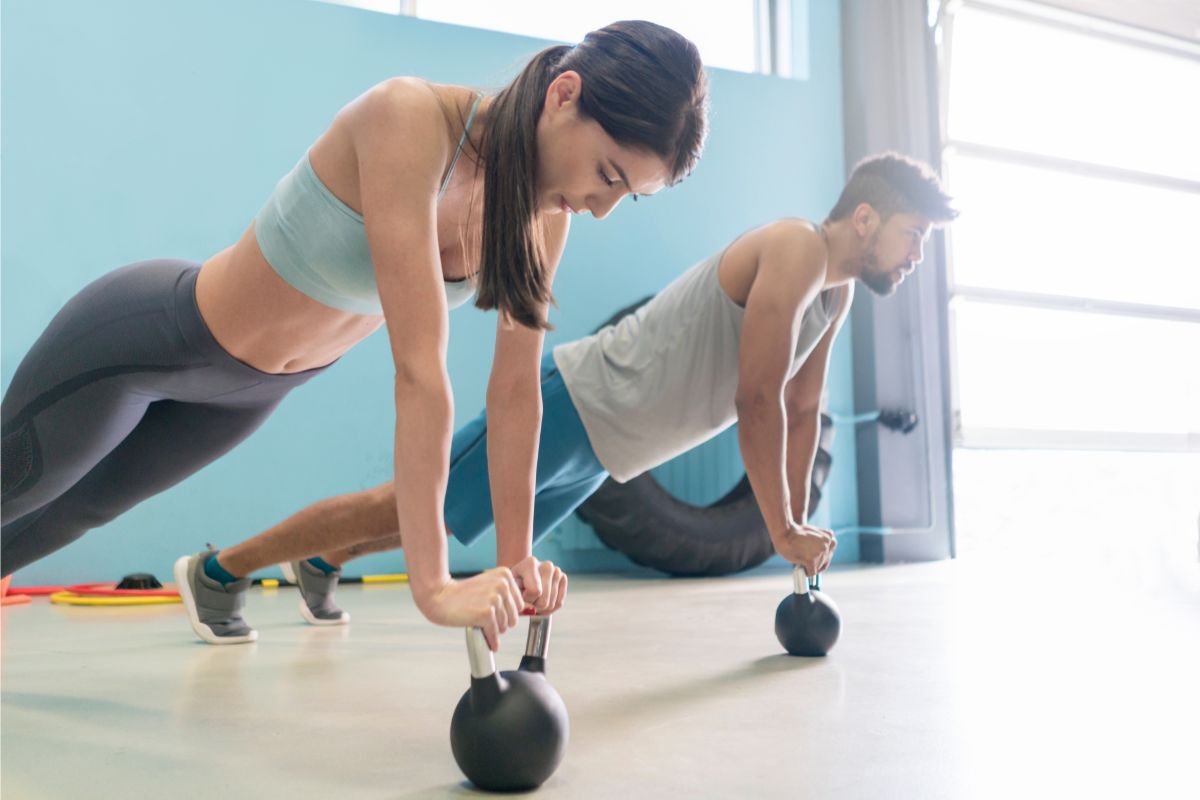Without a doubt, performing plyometric exercises correctly and frequently can help you run faster.
Your body will gradually become more effective and powerful if you include a few plyometric workouts in your training regimen.

Plyometric exercises are good for runners, which seems logical, but figuring out how to include them into your training takes some thought.
Luckily, we’ve put together this guide about the best plyometrics for runners to help you get started.
How Do Plyometrics Work?
Plyometrics are quick, strong motions that are quickly repeated. With the insertion of a hop or jump in between each repeat, basic workouts like lunges and squats can be changed into plyometric ones.
Your muscles quickly switch between eccentric and concentric contractions as a result of these explosive actions.
The muscle lengthens, which causes tension, which the muscle subsequently overcomes by shortening with additional force.
After a brief period of stabilisation, the muscle lengthens before starting a new repetition.
Running plyometric exercises are very helpful when trying to increase running power or speed.
Although these quick movements might seem scary, they can be adjusted to suit different levels of fitness.
5 Plyometrics for Runners
Here are some of the 5 best plyometrics for runners which will be discussed below:
- Squat Jumps
- Single Leg Hops
- Running Leg Bounds
- Frog Jumps
- Box Jumps
Squat Jumps
This plyometric activity is particularly advantageous for runners because squats are a common activity throughout many strength training sessions.
Start by standing with your feet hip-width apart, then squat down as though you were going to sit down.
Jump on both feet as you rapidly extend your legs and lift yourself into the air.
Return to your starting position and immediately squat down once more. Continue repeating as quickly as you can without stopping.
This plyometric exercise can be made more difficult by concentrating on leaping as high as you can and lowering yourself into a complete squat with each repeat.
Single Leg Hops
There are numerous ways to modify this plyometric exercise.
Try a static single leg hop at first by standing solely on a single leg and jumping as high as you can. Continue repeating without stopping after landing.
Try going forward in a horizontal line while hopping to make this activity a little bit more difficult.
Jump into the air while maintaining your balance, going ahead to land just next to where you took off. Jump forward and hop some more.
The goal of this plyometric workout is to move as swiftly as possible while maintaining balance and control.
Running Leg Bounds

This plyometric workout simulates running, which can increase the amount of power you generate with each stride.
To finish this workout, you’ll need room because you must advance with each step.
Focus on taking lengthy, slow steps in a running motion that is exaggerated.
Leap forwards using your front leg as you make each stride, landing slightly to the side.
Alternating legs, keep moving forward like you’re running slowly.
This is a great exercise for runners trying to increase their speed and effectiveness during routine training runs.
Frog Jumps
Frog jumps are a good exercise to incorporate into your plyometric routine if you want to feel the intensity and burn.
This plyometric exercise stimulates the hamstrings, glutes, and quadriceps, making it particularly advantageous for runners.
Start by assuming a standing position with your feet slightly broader than hip width apart.
To squat with wide legs, bending at the knees will help you descend. Leap forward into the space while squatting, arriving with both feet next to where you began.
Immediately after landing, lower yourself into a wide-legged squat, then repeat with little rest in between.
Box Jumps
The box jump is a traditional plyometric exercise. Use a box, stool, chair, or other strong platform which is about a foot from the ground for this exercise.
Simply leap onto the box with both legs while standing in front of it.
Although the workout appears straightforward, many athletes are taken aback by the mental challenge—more so than the physical—that this exercise poses.
As you grow more proficient, select a marginally higher box to intensify the exercise.
The emphasis has to be on landing steadily, maintaining equilibrium, and reiterating each jump without pausing in between.
Final Thoughts
A nice aspect of plyometrics for runners is that each workout can be readily modified to fit your current level of fitness.
Beginner runners are able to perform most of the plyometric activities that more experienced or expert runners can.
As you begin integrating plyometrics into your training, your running will benefit in a variety of ways.
Simply add some plyometric exercises to your weekly routine to get started, or go all out by doing a full plyometrics session on your cross-training day.
Plyometric training will undoubtedly increase your cardiovascular fitness, speed, and endurance.
- Can Dogs Run Faster Than Humans? (Running With Your Furry Friend) - October 4, 2022
- 10 Doggie Fun Runs You Will Love [Ultimate Guide] - October 4, 2022
- What Are Division Results In Running? - October 4, 2022








